Process Pumps in Power Generation: Choosing the Right Equipment for Optimal Performance
Generating electrical power takes on many forms—hydroelectric, solar, fossil fuel, renewable, biofuel, nuclear, and geothermal, all of which are made up of many internal processes that together produce the power we rely upon. For those internal processes that handle fluids, pump performance is a major contributor to overall plant efficiency, making pump selection a critical topic in power generation system design.
Pump Performance Optimization: A Conservation Initiative
By definition, fluid pumps convert input energy into motive force that transports fluids forward. Since energy conversions are never perfectly efficient, pumps will always result in some amount of energy waste. This presents every pump as an opportunity to cut waste and conserve energy by controlling for the following inefficiencies.
Electrical. Electric pump motors turn electricity into rotational or cyclic motion, and are rated by their efficiency to do so—often between 75% and 90%, which states that up to 90% of the input electricity is converted to useable output torque. (Pneumatic, hydraulic, and other motor types all use electricity somewhere upstream as well.)
Mechanical. Beyond the motor, additional mechanical components are used to connect the pump’s fluid head. These components generally include a shaft coupling, gear reducer, mechanical seal, and/or bearing box. Each piece may induce energy waste, where physical resistance to movement, material flex, friction, misalignment, heat, and viscous lubrication come into play.
Hydraulic. A pump’s wetted end—the part that physically contacts process fluids—has its own efficiency, describing how well the pump converts incoming mechanical motion into forward fluid motion. Pump heads can waste energy in the forms of heat, slip, and leakage. Pump efficiencies are compared by their BEP (Best Efficiency Point), which vary widely by type of pump and operating details—often falling somewhere between 50% and 93% (though a >85% BEP is uncommon and expensive).
Operations. A pump purchased with premium-efficiency components can still be operated in a wasteful fashion, missing its BEP by miles. Running a pump dry, against a dead-headed (non-flowing) line, at flows or pressures outside of specifications, or for longer than its duty cycle are all ways that pump operations can impact efficiency.
Environmental. Pumps can easily become victims of their environments, resulting in inefficiencies (not to mention potential damage and failure). Pumps operating in ambient conditions that are hotter or colder than the pump’s materials can support, or when exposed to incompatible influences such as aggressive saltwater or chemical vapors, can all present wear and tear that leads to efficiency losses.
Cost. Over-purchasing a pump is an inefficient allocation of resources just as much as the above points, both in purchasing a pump too small or large, and then overspending on the energy required to make that poorly sized pump work.
Selecting Process Pump Solutions for Power Generation
With the above technical factors in mind, below we’ll list five tips for selecting process pumps for your power generation applications.
Select for the (Hydraulic) Job at Hand. Considering the topic of operational waste above, select pumps for the actual range of hydraulic conditions that the pump will experience across its operating spectrum. Go beyond steady state, and look for how pressure and flow changes influence the pump’s BEP, which might bring about a more ideal pump head and impeller selection.
Consider Extremes. Pumps should be thoroughly evaluated for failure conditions, and pump specifications should meet or beat potential worst-case extremes. For example, worst-case temperatures might drive a different seal selection, and worst-case pressures might change connection types.
Dive into Fluid Details. Fluid properties can have drastic impacts on pump selection, and a full inventory of all potential fluid profiles that a pump may handle over its life must be known up front. Even seemingly marginal differences in viscosity, solids percentage, density, and chemical makeup can change pump style, design, operating speed, and horsepower selections.
Commit to the Long Haul. Compare and select pumps with long-term total cost of ownership in mind, including details such as power consumption, energy cost, maintenance and spare parts cost, mean time to failure, and even comfort level of your maintenance personnel in working with the selected pump design.
No Pump Is an Island. Pumps generate motive force in fluids, but the amount of force that needs to be generated in the first place is a function of the overall system that the pump connects to. For this reason, detailed hydraulic modeling and calculations should be completed for the entire system, and pumps should be selected squarely as a function of their performance within that system.
Example Applications and Solutions
To round out our article, below we’ll share a few example power generation process pump applications.
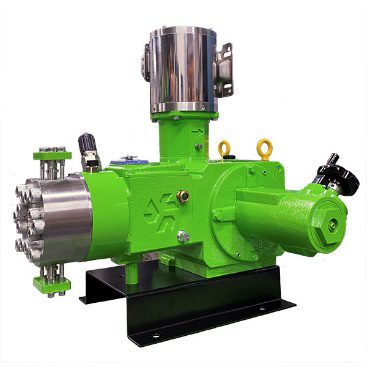 |
Steam-Electric Power
Steam-electric plants are the most common power generation sources worldwide, filled with endless internal sub-processes that control emissions, treat boiler feedwater, supply consistent fuel, and so much more. Hydraulic and solenoid diaphragm metering pumps are widely used to proportionally dose fuel, chemicals, and neutralizing agents. |
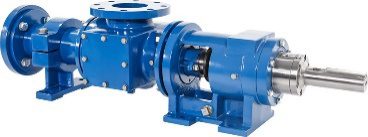 |
Fuel-Fired Power
Despite current popular public opinion, fuel-fired power plants utilize reliable, mature technologies to produce baseload power for large regions. To keep emissions down, progressive cavity pumps are used to inject lime slurry into exhaust gas streams, which protects the atmosphere by scrubbing out sulfur dioxide pollutants. |
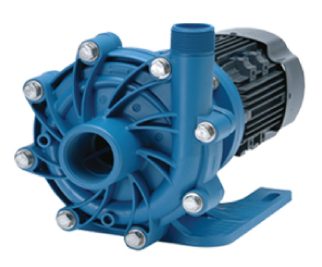 |
Solar Temperature Regulation
Actively cooling large-scale solar panel installations can provide immediate efficiency gains (some studies reporting up to 20%). Polypropylene head, magnetic drive pumps are workhorses that can operate for years with minimal maintenance, can run dry, and can tolerate varying temperatures—all of which are common conditions experienced in large solar farms. |
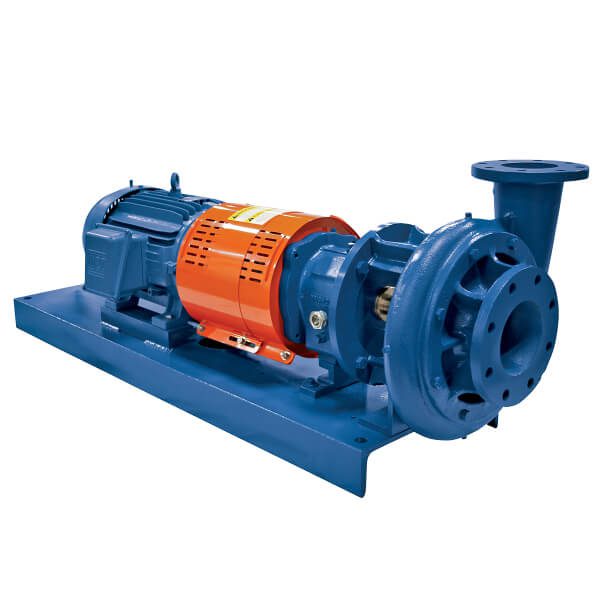 |
Cooling Water Recirculation
Generating power almost always involves great amounts of heat. Large cooling tower systems are the typical solutions, recirculating hundreds or thousands of gallons of cooling water per minute. These cooling water flows are major energy consumers, calling for high-BEP American National Standards Institute (ANSI)-standardized centrifugal pumps and premium efficiency motors (along with variable frequency drives [VFDs] for speed control, and vibration sensors for preventative maintenance). |
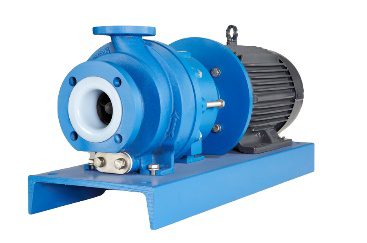 |
Biomass/Waste Power
Organic biomass repurposes waste products such as wood chips, agricultural spoils, animal manure, and even municipal sewage into feedstock for power generation. Processing biomass involves pumping very abrasive and often corrosive slurries, commonly using ethylene tetrafluoroethylene (ETFE)-lined, ductile iron, magnetic-drive centrifugal pumps, which easily tolerate this wear without the risk of seal leaks. |
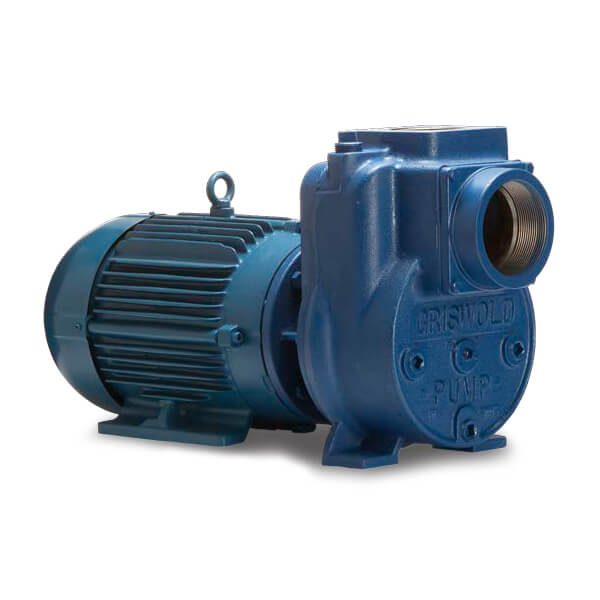 |
Stored Hydroelectric
Pump-storage hydroelectric systems generate power from enormous water flows released by dammed reservoirs. When these dams are closed, secondary systems continue running on the power generation side. Self-priming pumps are often the workhorses that pull water up from lower elevation sources (like lift stations or river basins below), serving cooling, priming, recycling, and rinse-out purposes. |
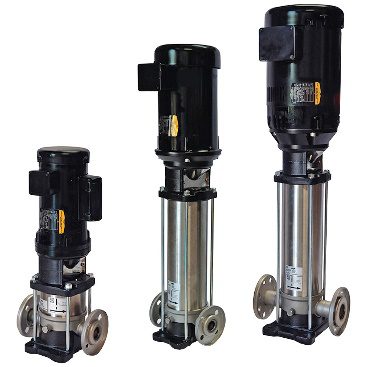 |
Central Plant Utilities
Aside from a power plant’s core generation gear, a large utility infrastructure network supplies water, compressed air, ventilation air, and many other plant services around the site. Domestic hot and cold water are universal examples of such utilities, calling upon vertical, multi-stage centrifugal pumps to provide continuous flow and pressure without fail. |
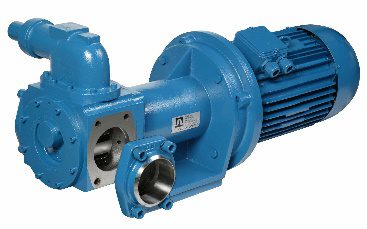 |
Equipment Lubrication
Anywhere in a power facility where there is heavy mechanical equipment, reliable lubrication is necessary. Large systems such as overhead service cranes, turbine positioning bearings, and big equipment lifts often receive recirculating lubricant via industrial gear pumps that can easily handle the high temperatures and pressures involved. |
A Little Positive Pressure
According to the U.S. Department of Energy, pumps consume up to 50% of the overall electricity used in pumping-intensive industries (including power generation). With an estimated potential energy savings of 20% to 40% available through process pump optimization, power generation businesses have ample reason to evolve their pump selection, operation, and maintenance paradigms. To this end, we encourage readers to put the above information to good use in your next pump procurement or assessment project.
—Kevin Maple is the director of Marketing at Harrington Process Solutions, a national distributor and supplier of process products and solutions. He has been a critical part of the Harrington team for over a quarter-century, providing marketing strategy within the industrial industry. Kevin has in-depth knowledge and understanding of piping, fluid handling, instrumentation, and high-purity applications.